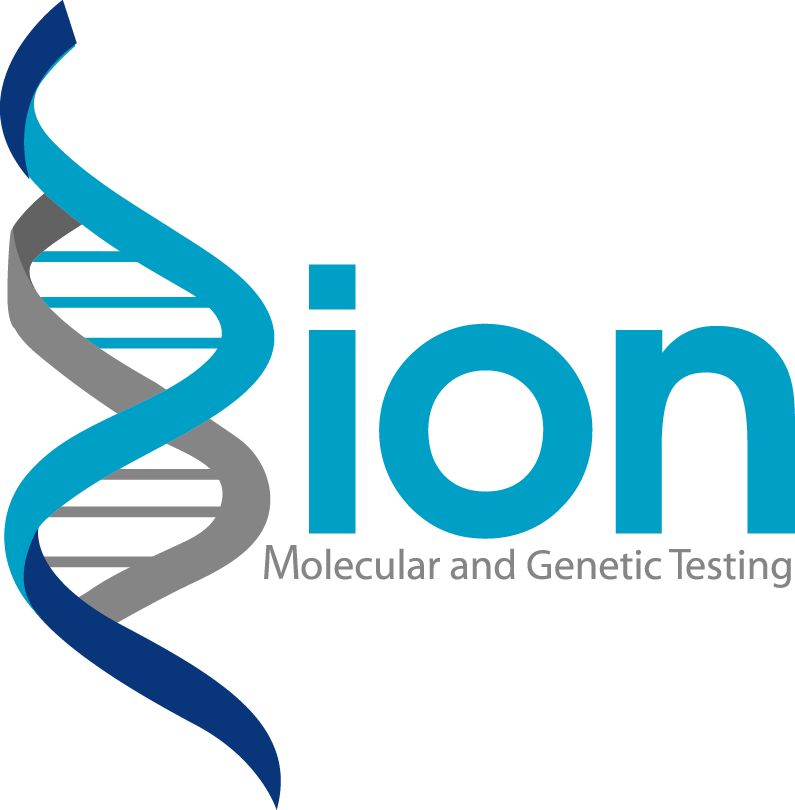FDA’s new codeine and tramadol warning for kids excludes precision medicine

FDA’s latest warning on medications containing codeine and tramadol—now its strongest drug label warning on these medications—restricts use in children under 12 years old and firmly cautions usage in 12 to 18 year olds with certain medical conditions due to risks of slowed breathing and even possible death.
However, some pharmacists, particularly those in the field of pharmacogenomics, wondered why FDA didn’t consider children who might have a CYP2D6 genotype test result on hand that could be used to predict if they were at risk for toxicity from codeine or not. The CYP2D6 gene controls how codeine is metabolized into morphine, and pharmacogenetic testing can determine if individuals are ultra-rapid metabolizers and are at risk of toxicity from normal doses, or poor metabolizers and derive no therapeutic benefit from codeine.
“If you have the CYP2D6 result, that can help you determine if a patient is at risk for toxicity or not, and you can inform prescribing using that,” said Roseann Gammal, PharmD, BCPS, assistant professor of pharmacy practice at MCPHS University in Boston.
According to David Kisor, PharmD, a large majority of patients are normal metabolizers and may still benefit from codeine. Only about 1% to 2% of individuals are considered ultra-rapid metabolizers and approximately 5% to 10% are poor metabolizers. Beyond toxicity, some patients inherit nonfunctional copies of the CYP2D6 gene and won’t experience pain relief from codeine. Knowing a patient’s CYP2D6 status up front, said Gammal, can help clinicians predict both safety and efficacy.
Although FDA didn’t mention it in its recent warning, testing is available to determine ultra-rapid metabolizer status of codeine. In addition, the Clinical Pharmacogenetics Implementation Consortium (CPIC) has guidelines for codeine therapy related to CYP2D6.
“Not only do we have clear guidelines for codeine, but we also have cases where pharmacogenetics could help avoid adverse drug reactions that are being referred to in this whole restrictive context,” said Kisor, who is director of pharmacogenomics education in the pharmacy and pharmacogenomics programs at Manchester University in Indiana.
Pharmacogenetic testing for CYP2D6 is still not widespread, especially preemptive testing, and Gammal believes there’s a disconnect because of the lack of knowledge about the available option to order a CYP2D6 test.
“Some of my colleagues in pharmacogenomics have been reaching out to their contacts at FDA to further the conversation and hopefully open the door to the possibility of a precision medicine approach to this issue,” said Gammal.
Scott Mosley, PharmD, a fellow at the University of Florida Center for Pharmacogenomics, believes FDA needs to be looking out for the safety of the population, but allowing for flexible, individual care can benefit a lot of children where codeine and tramadol can still provide appropriate pain relief.
“I see some research opportunities for us to determine if CYP2D6 guided drug selection will allow for the safe and effective use of codeine and tramadol in children when clinically appropriate,” he said.
